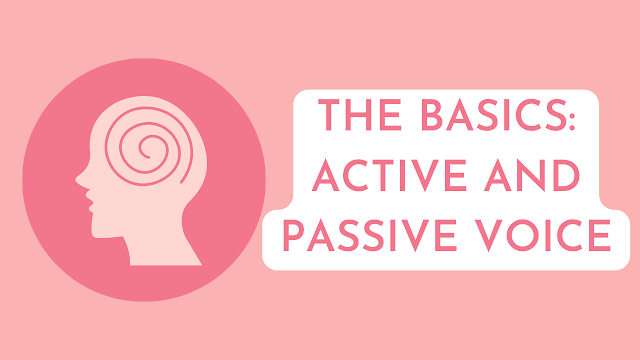EXAMPLES OF CHANGING ACTIVE TO PASSIVE VOICE
 |
| Shifting Perspectives: Explore Examples of Changing Active to Passive Voice for Enhanced Writing Skills 📝🔄 |
Introduction:
In the realm of English grammar, mastering the distinction between active and passive voice is crucial for effective communication. Understanding when and how to switch from active to passive voice can enhance the clarity and impact of your writing.
In this blog post, I will explain the concept of active and passive voice and provide
comprehensive examples of how to transform active sentences into passive ones.
Whether you're a student, professional, or simply a language enthusiast, these
examples will help you harness the power of both voices in your writing
arsenal.
The Basics: Active and Passive Voice
Before diving into the examples, let's revisit
the fundamentals of active and passive voice. In an active sentence, the
subject performs the action, while in a passive sentence, the subject receives
the action. Active voice often sounds more direct and assertive, while passive
voice tends to place emphasis on the receiver of the action rather than the
doer. Both have their rightful place, depending on the context and the writer's
intention.
Active Voice Example:
"The chef prepared a delicious food."
Passive Voice Example:
"A delicious food was prepared by the
chef."
EXAMPLES INCLUDING ALL THE TENSES
Changing Simple Present Tense from Active to Passive
Active Voice Example:
"I eat potatoes.”
Passive Voice Example:
"Potatoes are eaten by me.”
Changing Simple Past Tense from Active to Passive
Active Voice Example:
"He killed the snake."
"The snake was killed by him."
Changing Present Continuous Tense from Active to Passive
Active Voice Example:
"They are enjoying the party.”
Passive Voice Example:
"The party is being enjoyed by them."
Changing Past Continuous Tense from Active to Passive
Active Voice Example:
"You were helping him."
"He was being helped by you.”
Changing Simple Future Tense from Active to Passive
Active Voice Example:
"She will call you tomorrow.”
"You will be called by her tomorrow.”
Changing Present Perfect Tense from Active to Passive
Active Voice Example:
"They have completed their homework."
"Their homework has been completed by them."
Changing Past Perfect Tense from Active to Passive
Active Voice Example:
"I had submitted my assignments before 10a.m."
"My assignments had been submitted by me
before 10a.m."
Changing Future Perfect Tense from Active to Passive
Active Voice Example:
“He will have found the job by next year.”
Passive Voice Example:
“The job will have been found by him by next
year.”
Conclusion:
- Mastering the art of transforming active to passive voice provides a powerful tool to convey information and ideas more effectively in writing.
- Remember that the choice between active and passive voice depends on the context and the emphasis you wish to convey.
- Active voice adds clarity and immediacy, while passive voice can shift the focus to the receiver of the action.
- By practicing these examples and understanding their usage, you can elevate your writing and become a more adept communicator.
- Embrace both active and passive voices as valuable resources in your linguistic journey, and let them serve as pillars of strength in your writing endeavors. Happy writing!















No comments:
Post a Comment